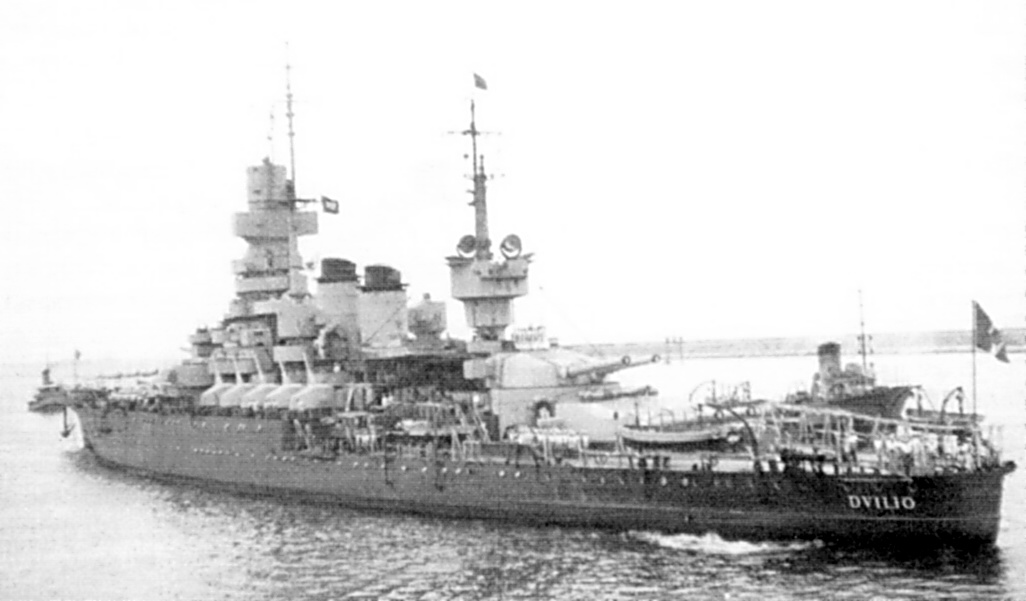McPherson
Banned
Royal Sovereigns
Did a little looking at the Dreadnought Project and in Friedman.
Smokeless brown powder that threw a fuse defective soft nosed 570 kg shell against US Harvey plate on an Indiana?

Permission details
This work created by the United Kingdom Government is in the public domain.
This is because it is one of the following:
- It is a photograph taken prior to 1 June 1957; or
- It was published prior to 1970; or
- It is an artistic work other than a photograph or engraving (e.g. a painting) which was created prior to 1970.
More information.
See also Copyright and Crown copyright artistic works.
Same again.
From a gun on a hoodless open barbette no-less with a British Coles type hoist system?
The plate on these turkeys was compound armor. What that means is hardened steel over Iron. NTG if hit with steel shells. Shatters like glass.
1204. Compound armor.-Thus resulted a new type of armor-the compound type-the two principal examples of which were the Wilson Cammel compound plate in which an open-hearth steel face was cast on top of a hot wrought iron back plate, and the Ellis-Brown compound plate in which a steel face plate was cemented to an iron back plate by pouring molten Bessemer steel between them. In both these processes, which were English, the plates were rolled after compounding. For the next ten years there was no especial development in armor manufacture other than minor improvements in the technique of manufacture, and great competition and controversy existed as to the relative quality of all-steel and compound armor. The all-steel armor was a simple steel of about .30 per cent to .40 per cent carbon, while the steel face of the compound armor contained between .50 per cent and .60 per cent carbon. These two classes of armor, their comparative value depending largely on the skill with which they were made, were approximately 25 per cent superior to their wrought iron predecessor, that is to say- a 10-inch all-steel or compound plate would resist the same striking energy that a 12.6-inch iron plate would withstand.
The Americans were leaners. How did the Royal Sovereigns do as gun platforms?
Brown, David K. (1997). Warrior to Dreadnought: Warship Development 1860–1905. London: Chatham. Pp124-125
Summary: Hood rolled like a drunk, Resolution was no better. Repulse was fitted with bilge keels which meant the sailors did not get as seasick in a swell, but that did not entirely solve the stability problem. Whole class had to be back-fitted with bilge keels because the hull form was as screwed up as the Indianas. Maybe, just maybe = to an Indiana as a gun platform in a calm sea.
The Indianas had poor secondary armament layout, but the guns could be worked. The RS's had 4 of their 10 x 1 ea 15.2 cm guns unworkable in a swell as the guns' positions washed out.
So. the Royal Sovereign class, a whole ship class that never should have been built.
If it is 4 Royal Sovereigns and a couple of contemporary British torpedo boats against Schley. Even if it is Fisher, I'll TAKE those odds and predict British disaster.

